Superstudio’s Supersurface (1972) is a speculative film envisioning a continuous global grid, Continuous Monument, that re-imagines life on Earth as sustained by infrastructure rather than architecture.
Supersurface proposes a world where energy, information, and resources flow through a planetary network, rendering traditional buildings obsolete. Instead of monuments or houses, people dwell anywhere upon the grid, their needs met by invisible systems.
A new mankind, free from induced needs, can survive with the help of the grid and the plugs. A new society, based no longer on work, nor power, nor on violence, but on unalienated human relationships. Our elementary requirements can be satisfied by a highly sophisticated, miniaturized technic. A greater ability to think and make integral use of our psychic potential will then be the foundation of the reason for a life free from want. There will be no further need for cities or castles. There will be no further reason for roads or squares. Every point will be the same as any other. So, having chosen a random point on the map, we’ll be able to say “my house will be here for three days, or two months, or ten years.”
Both utopian and critical, Supersurface questions the role of design in shaping social life. By projecting a future in which the Earth itself becomes a serviced surface, Superstudio collapses the boundary between dwelling and world, offering a radical vision of life otherwise.
See also: Ceremonia and Continuous Monument
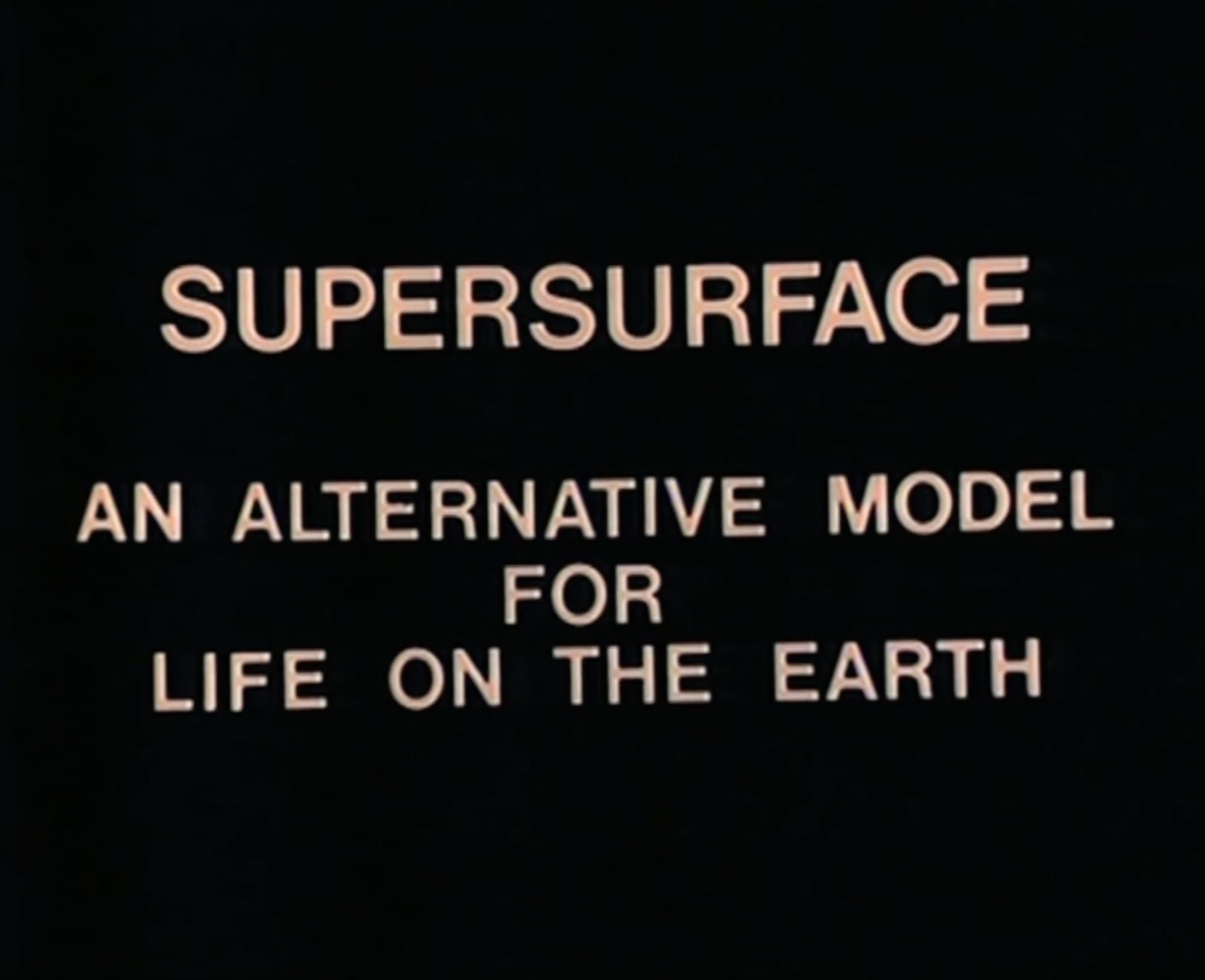
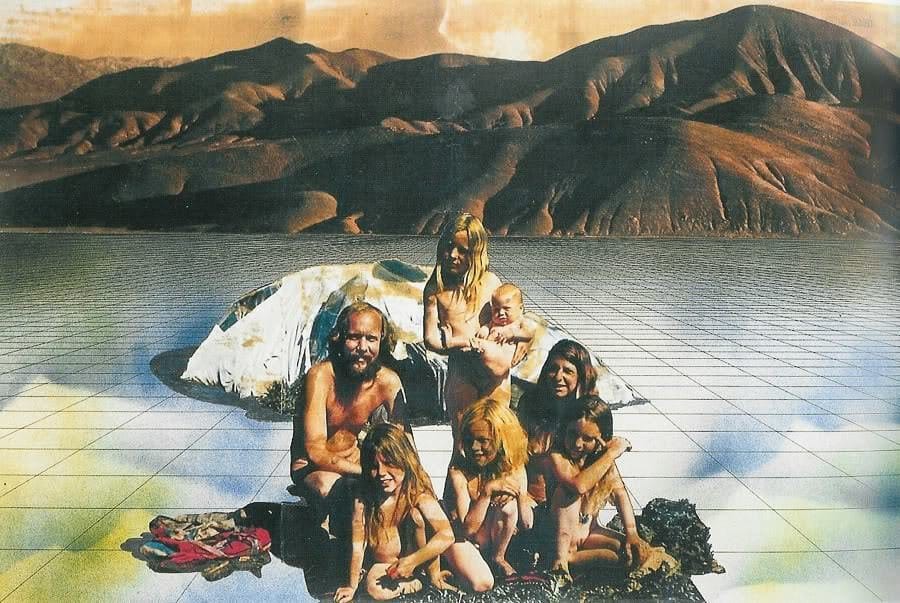
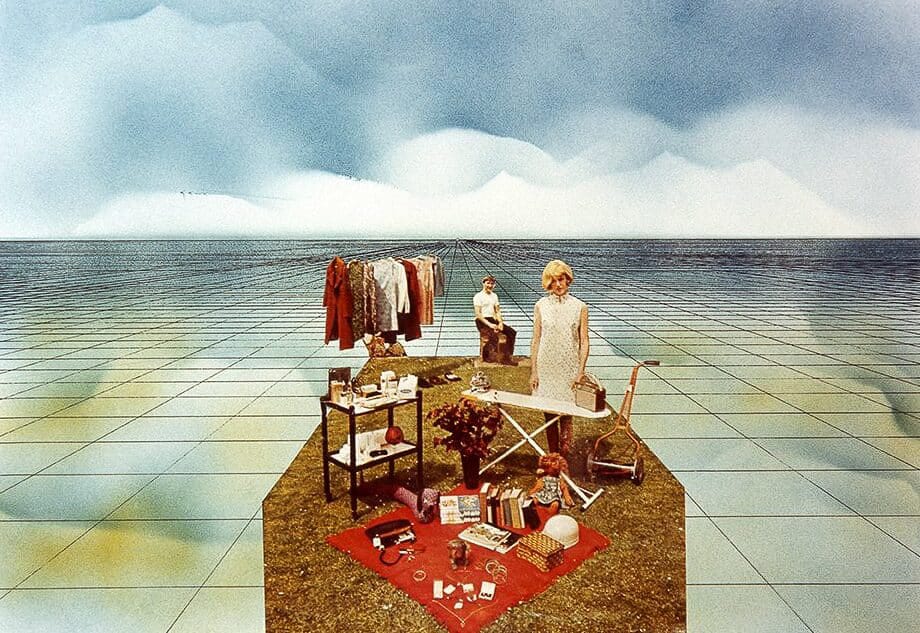
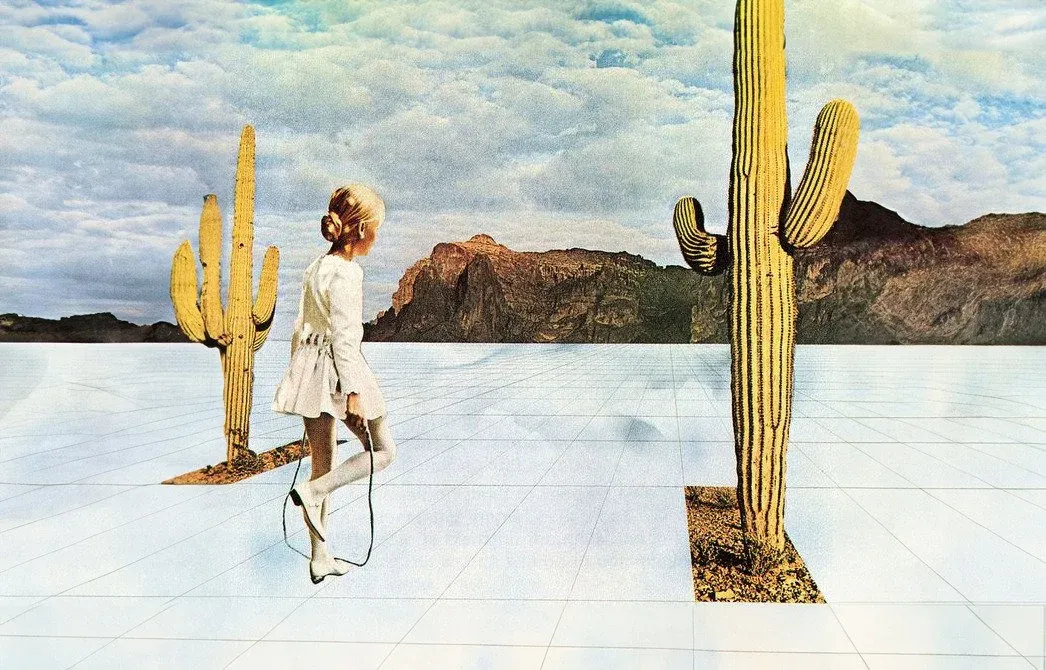
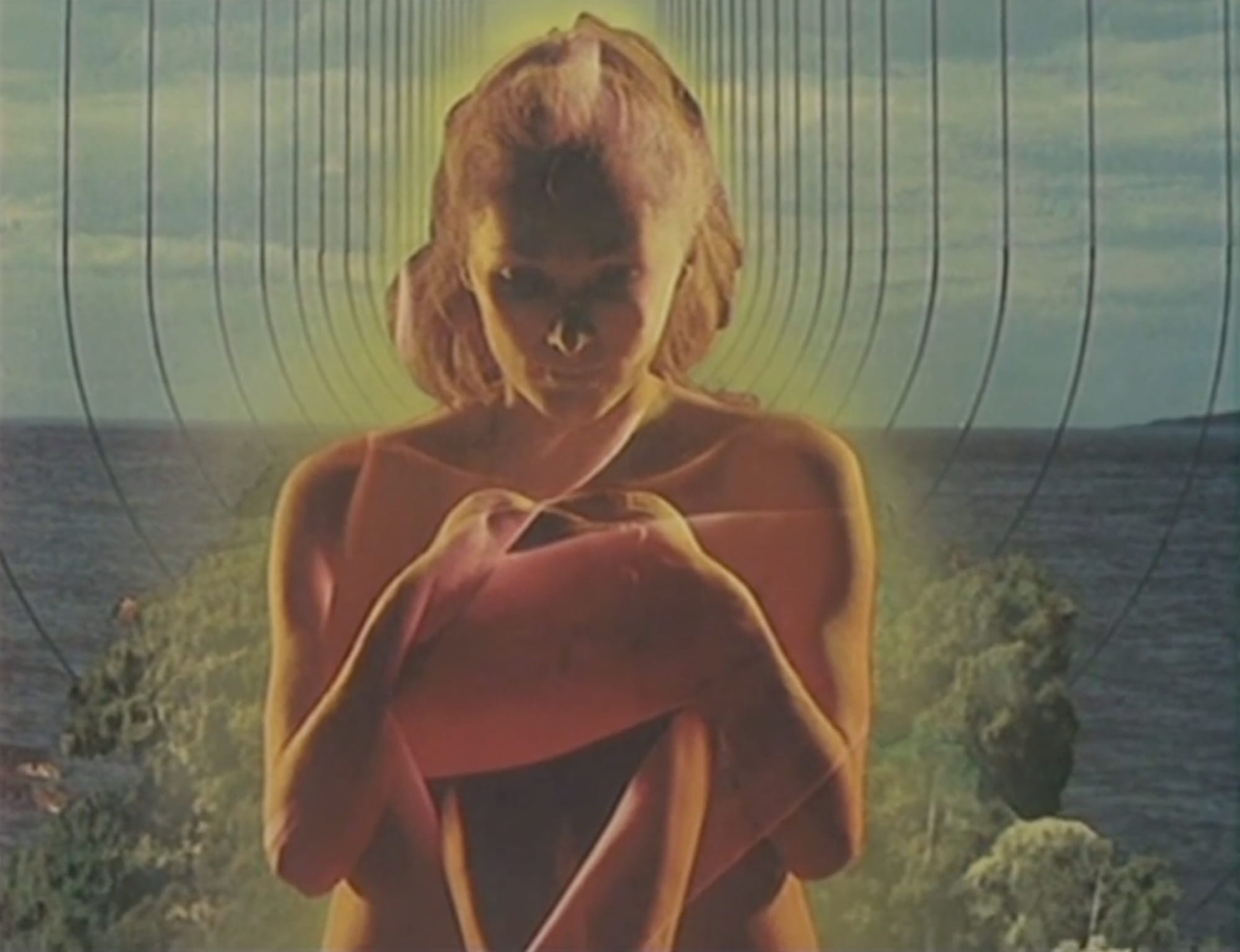
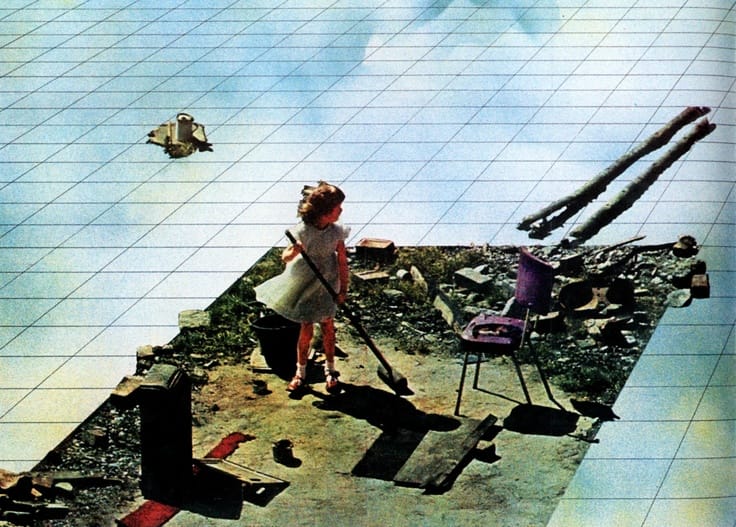
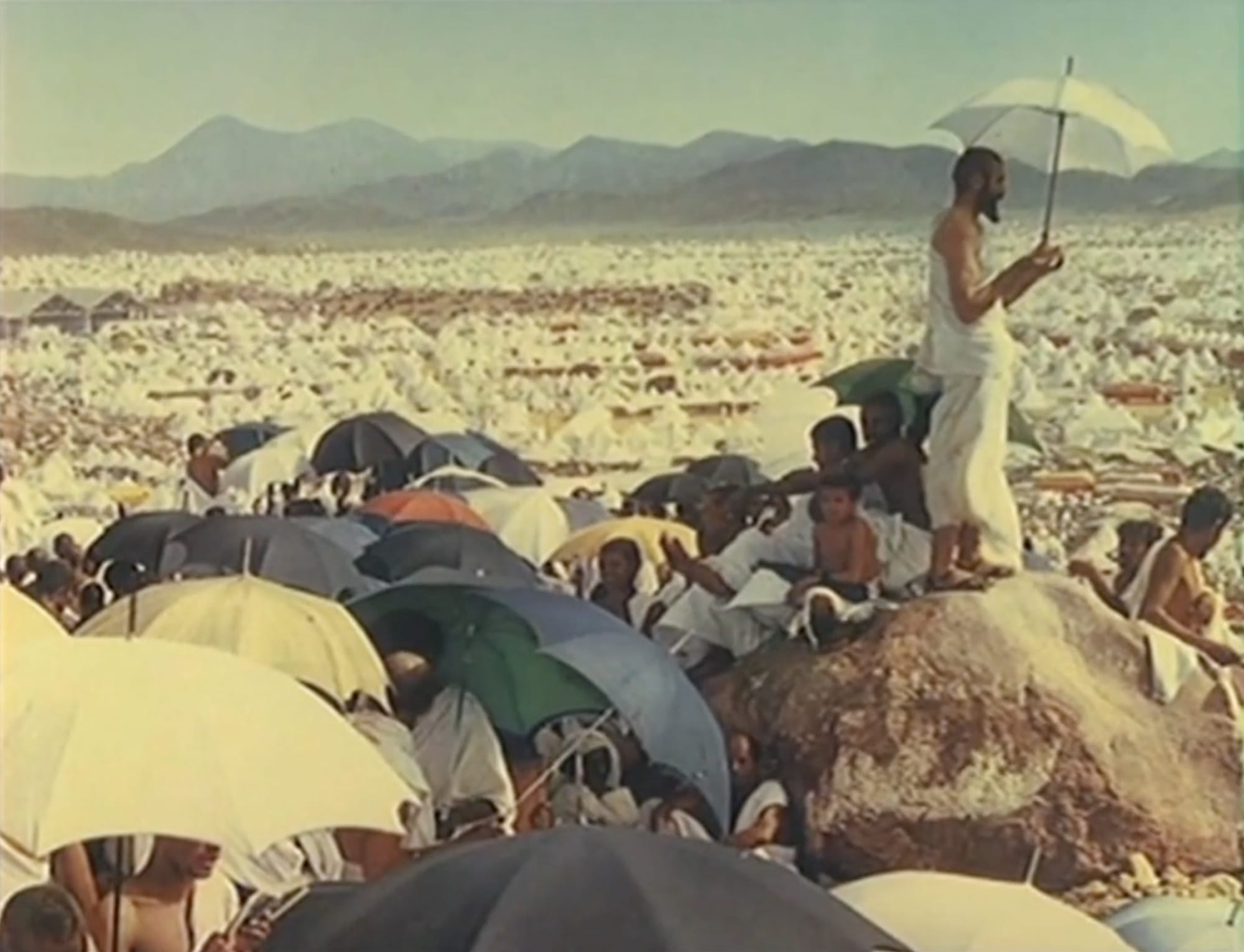
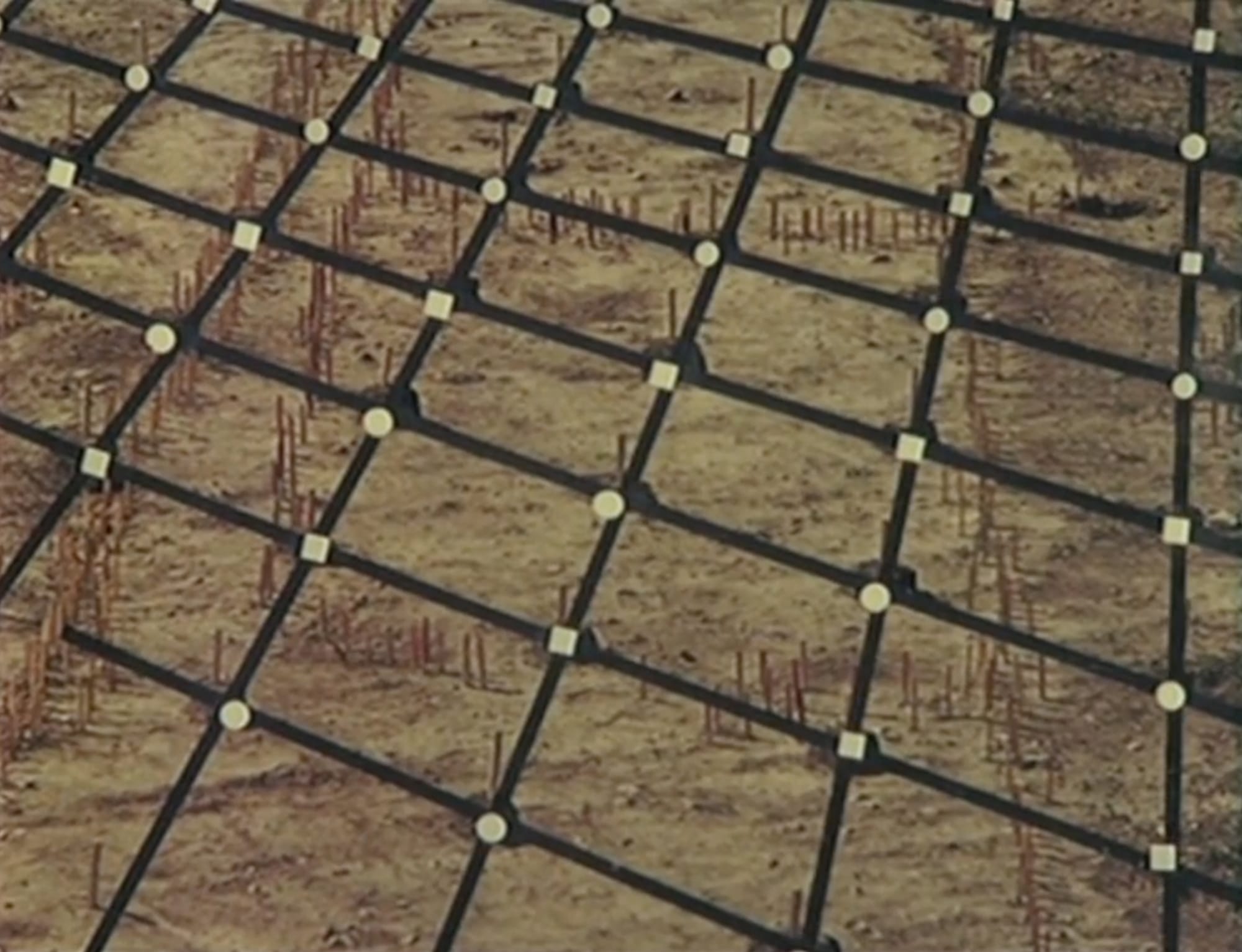
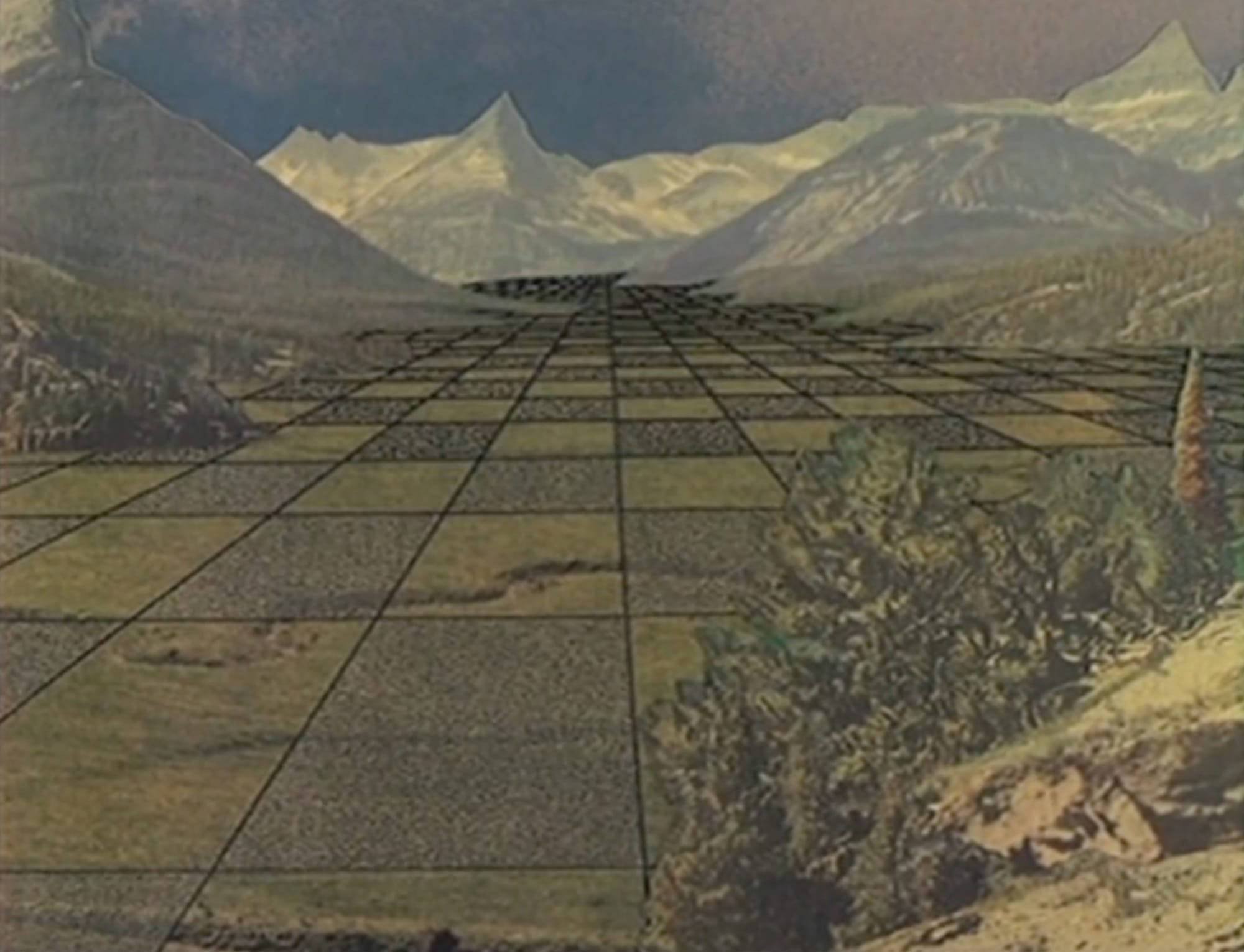
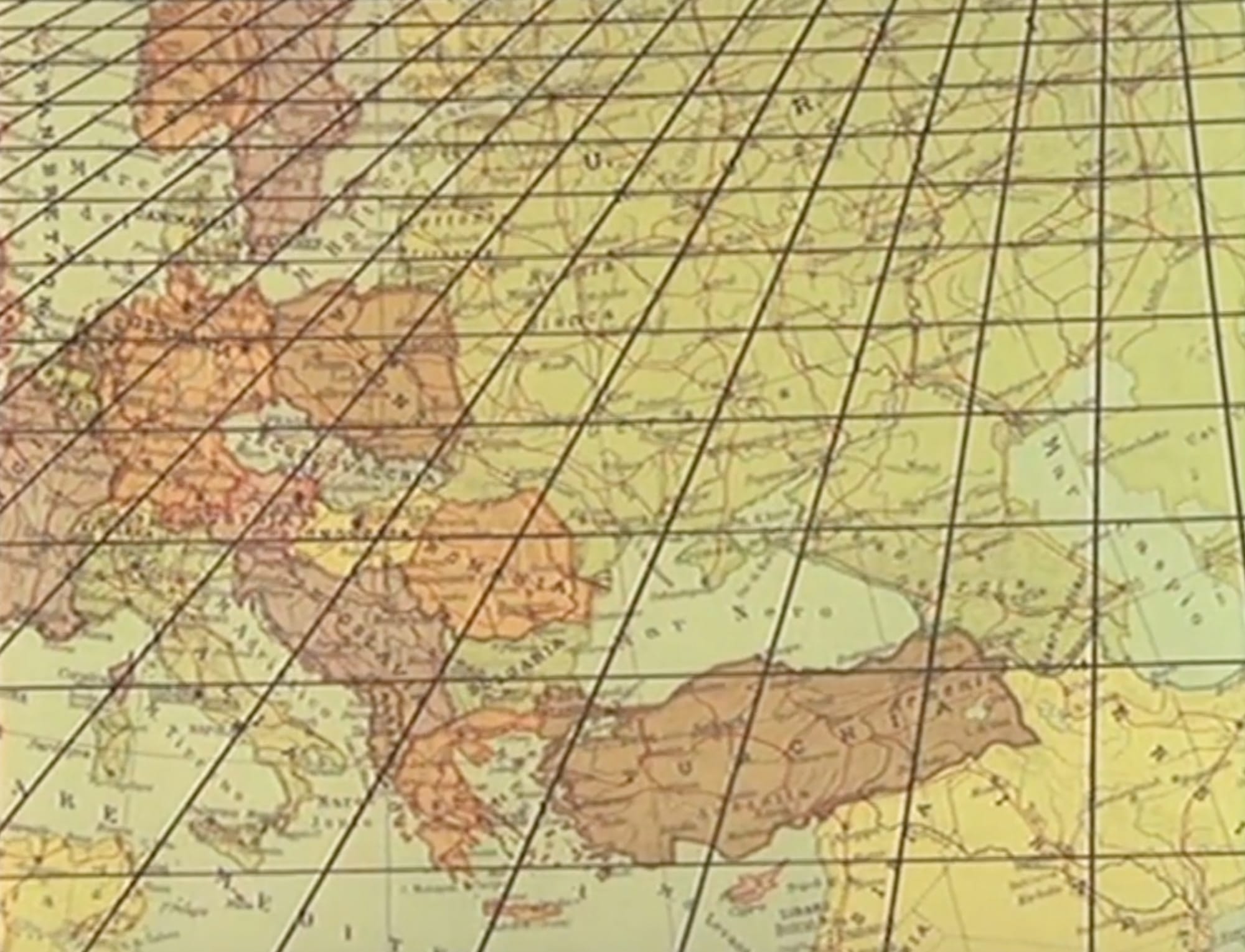
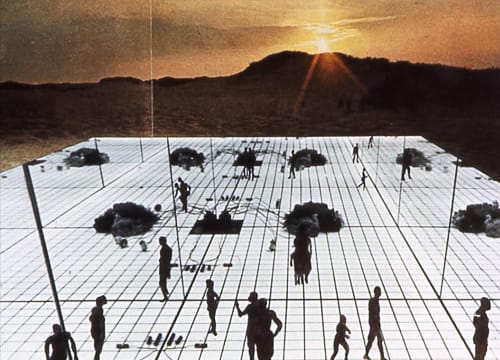
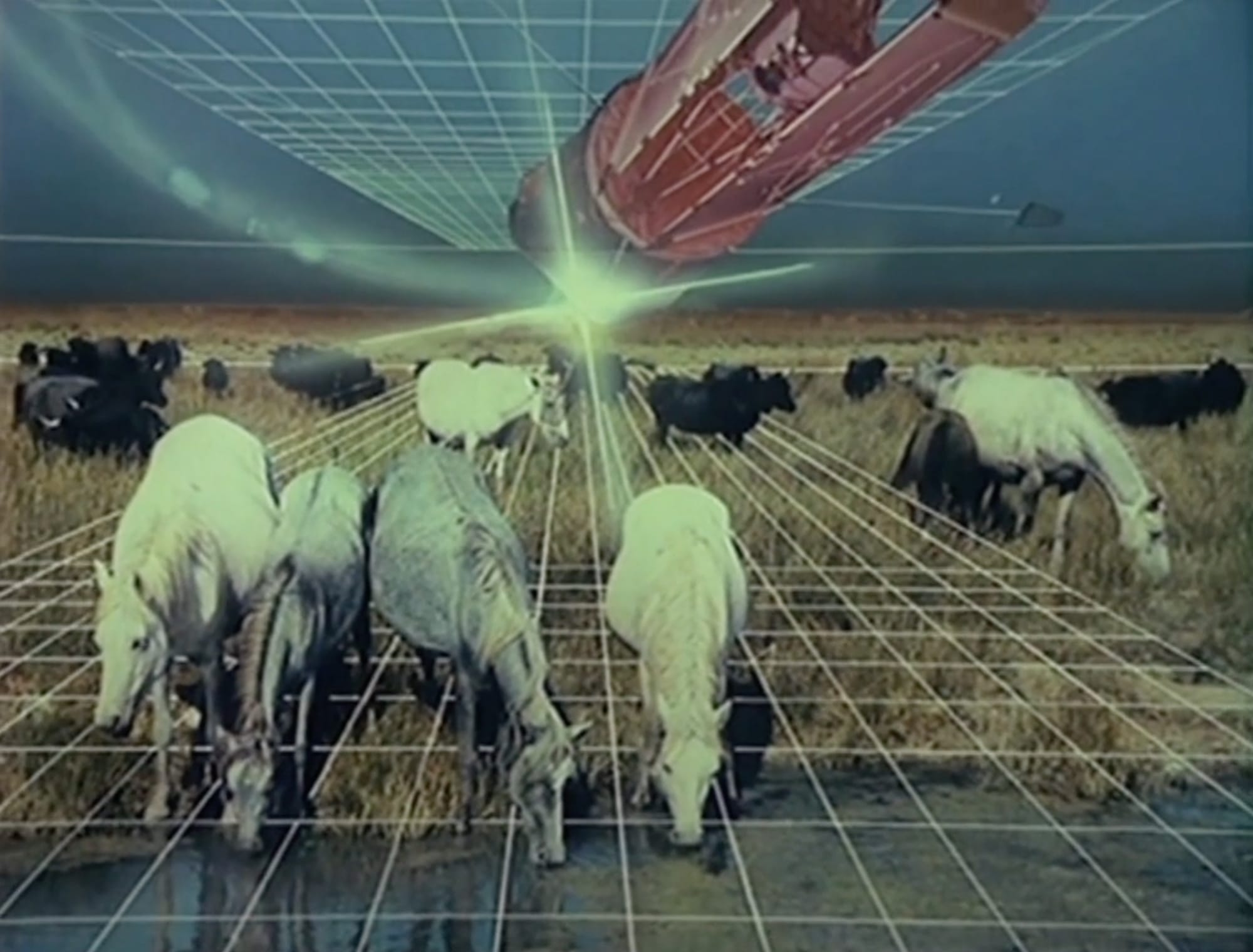
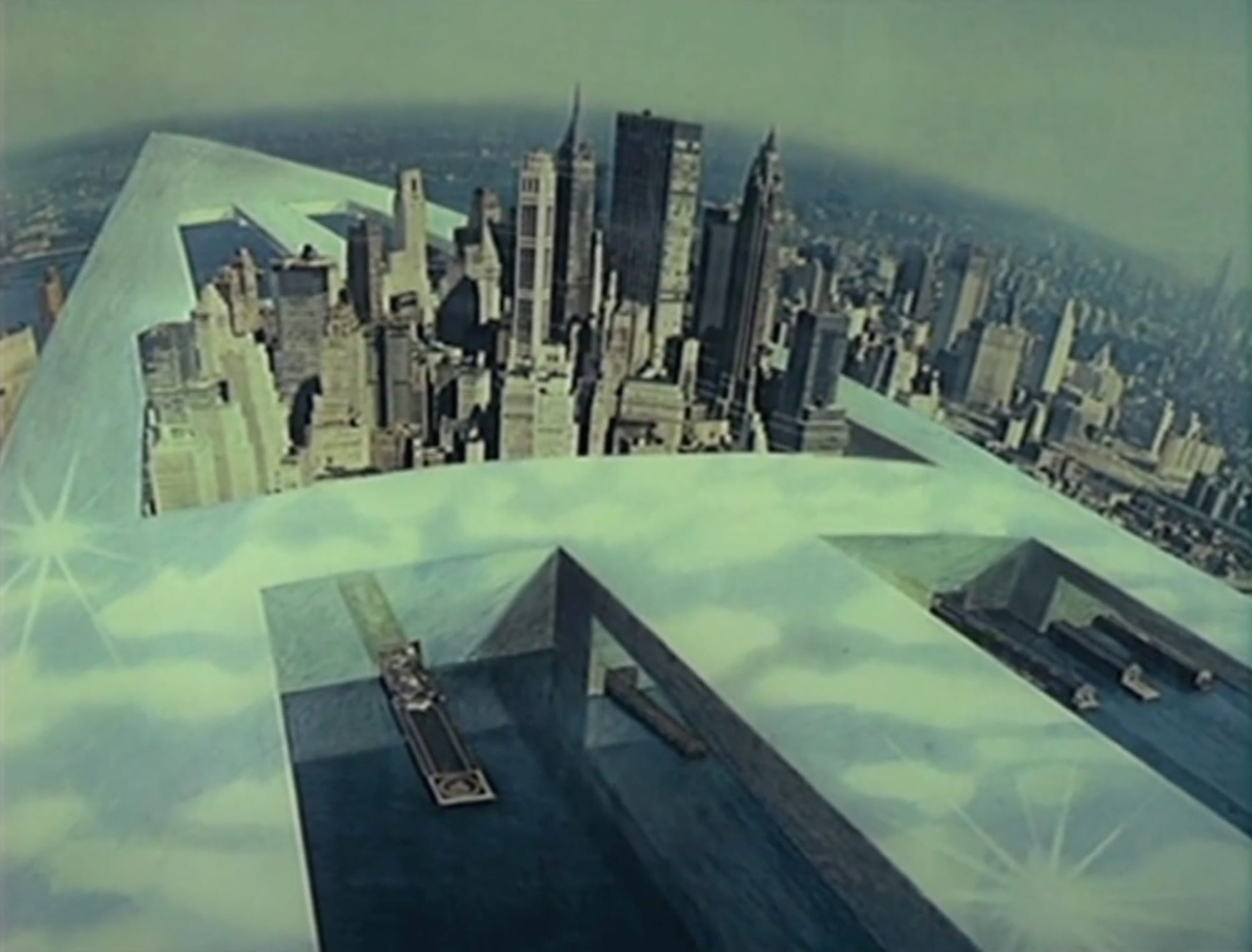
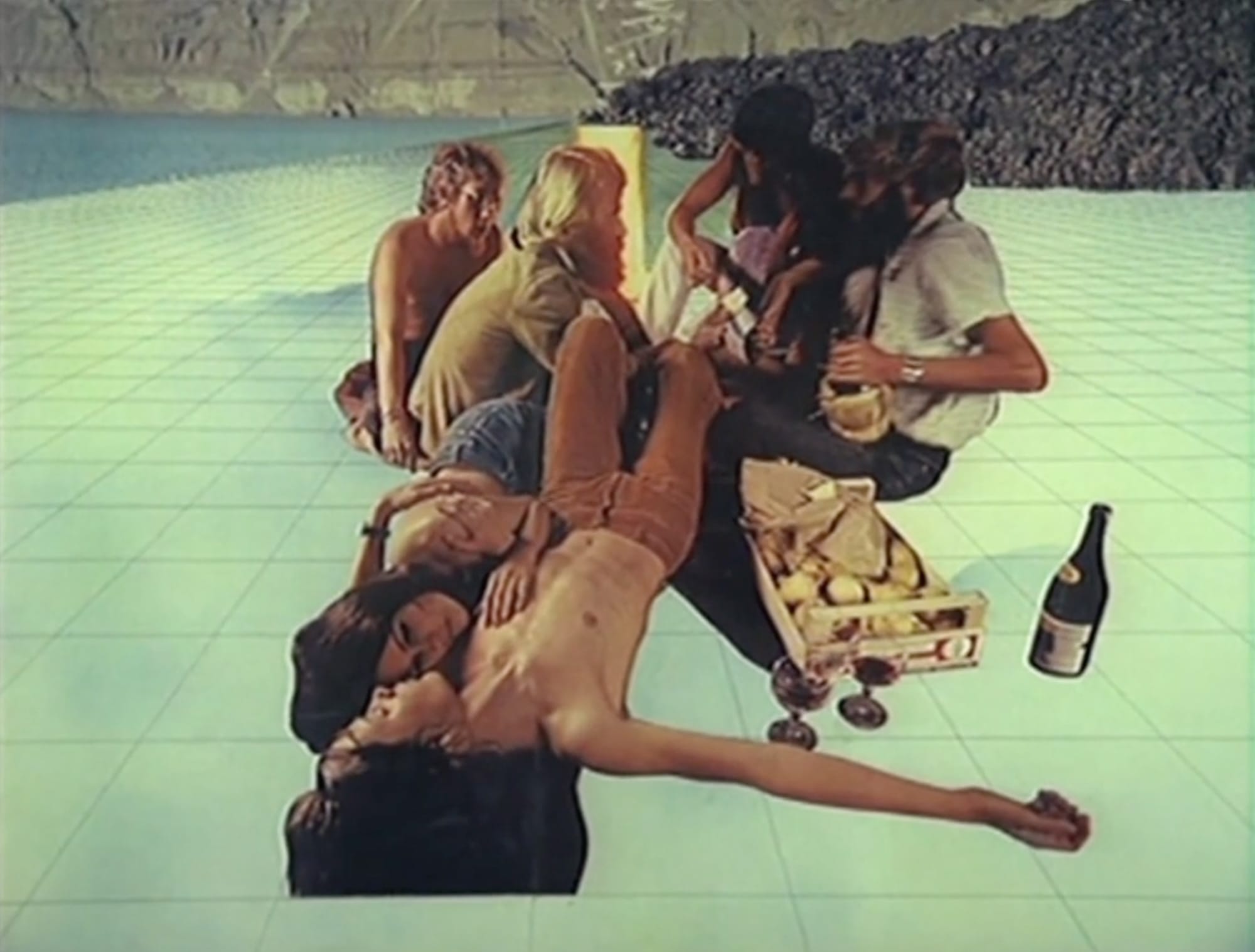
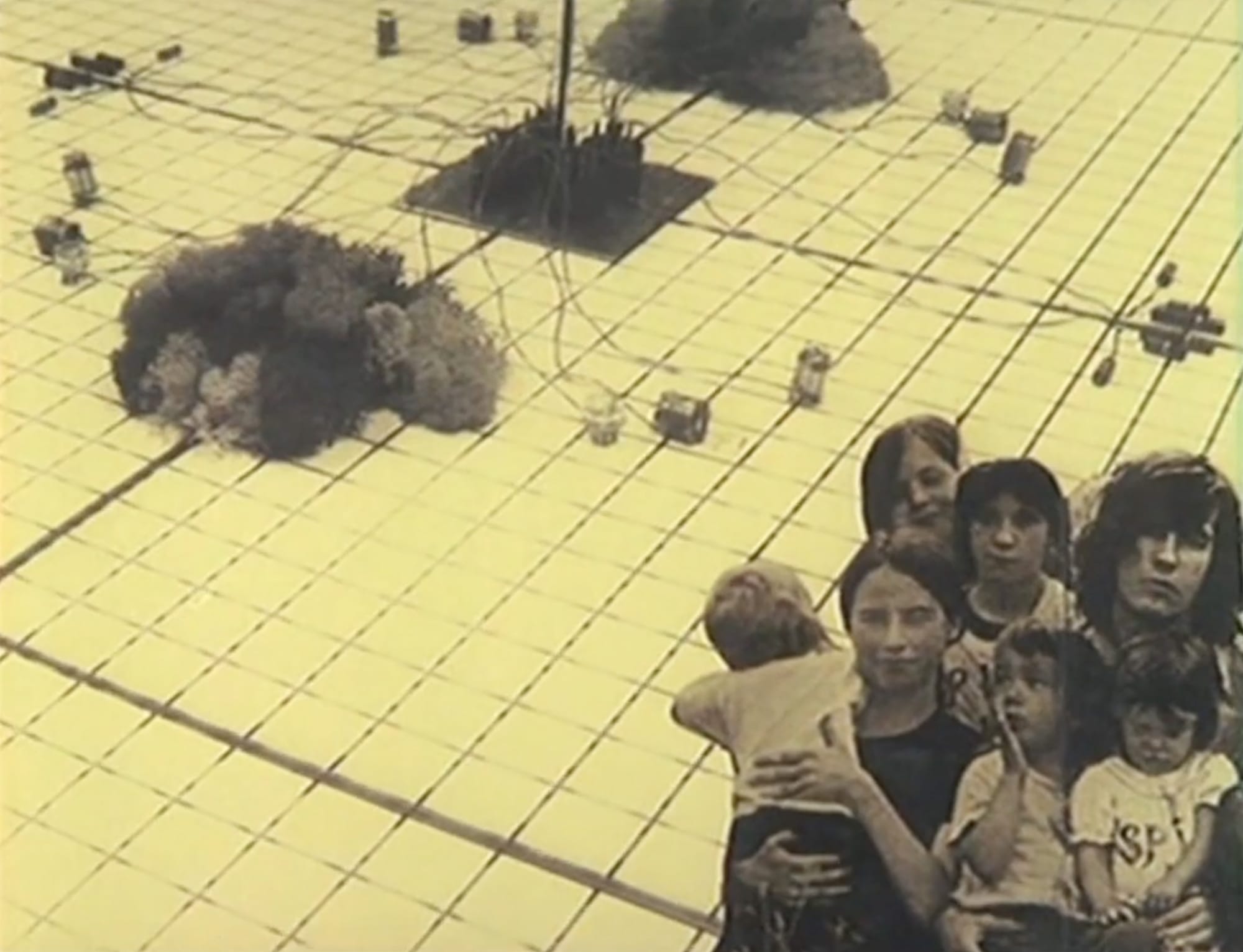
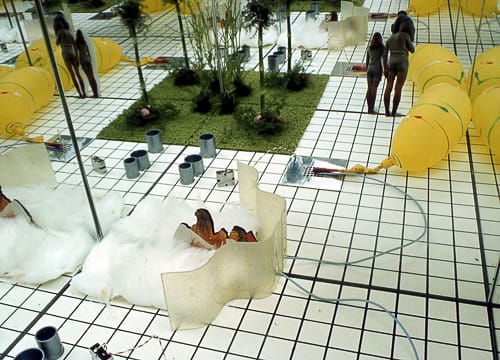
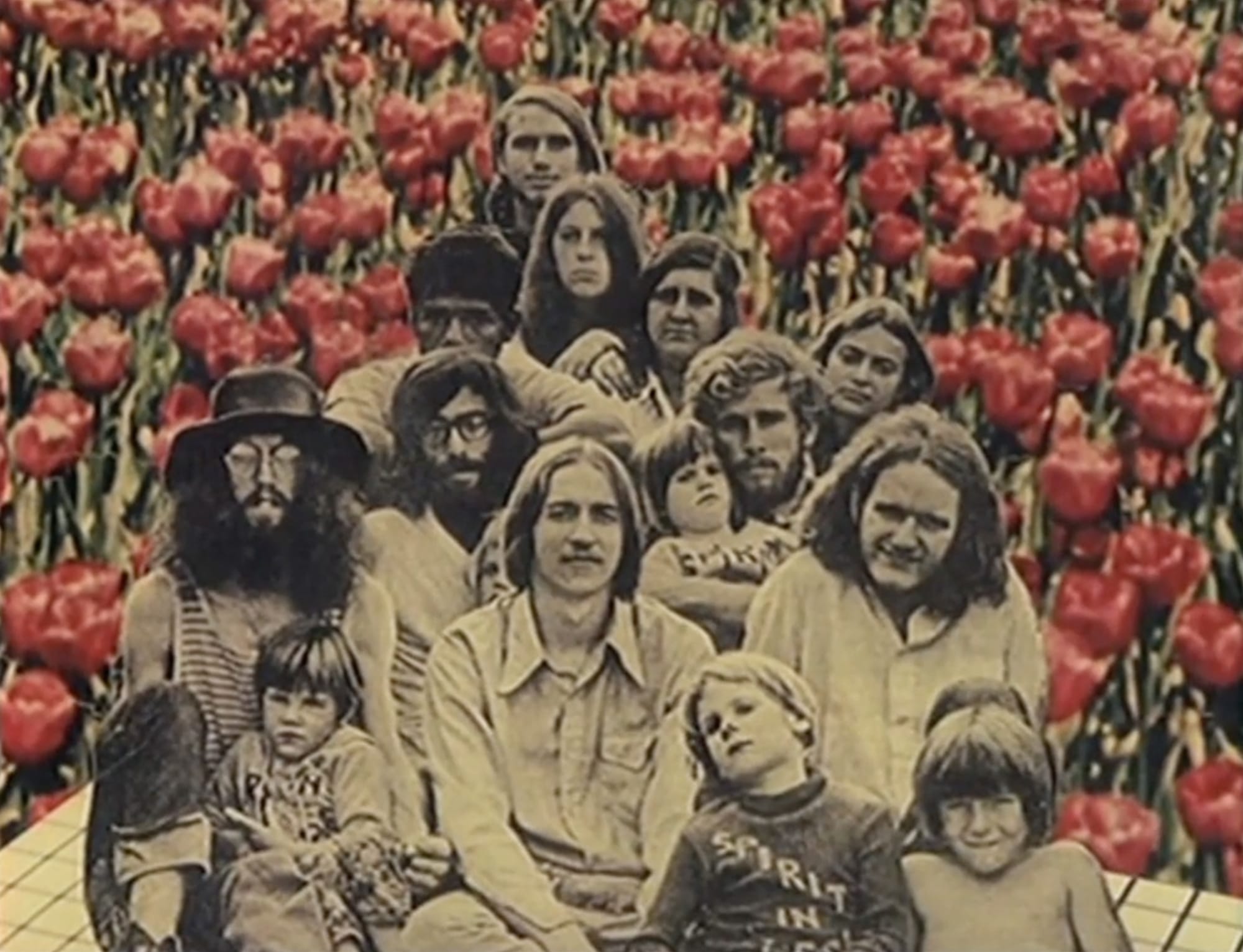
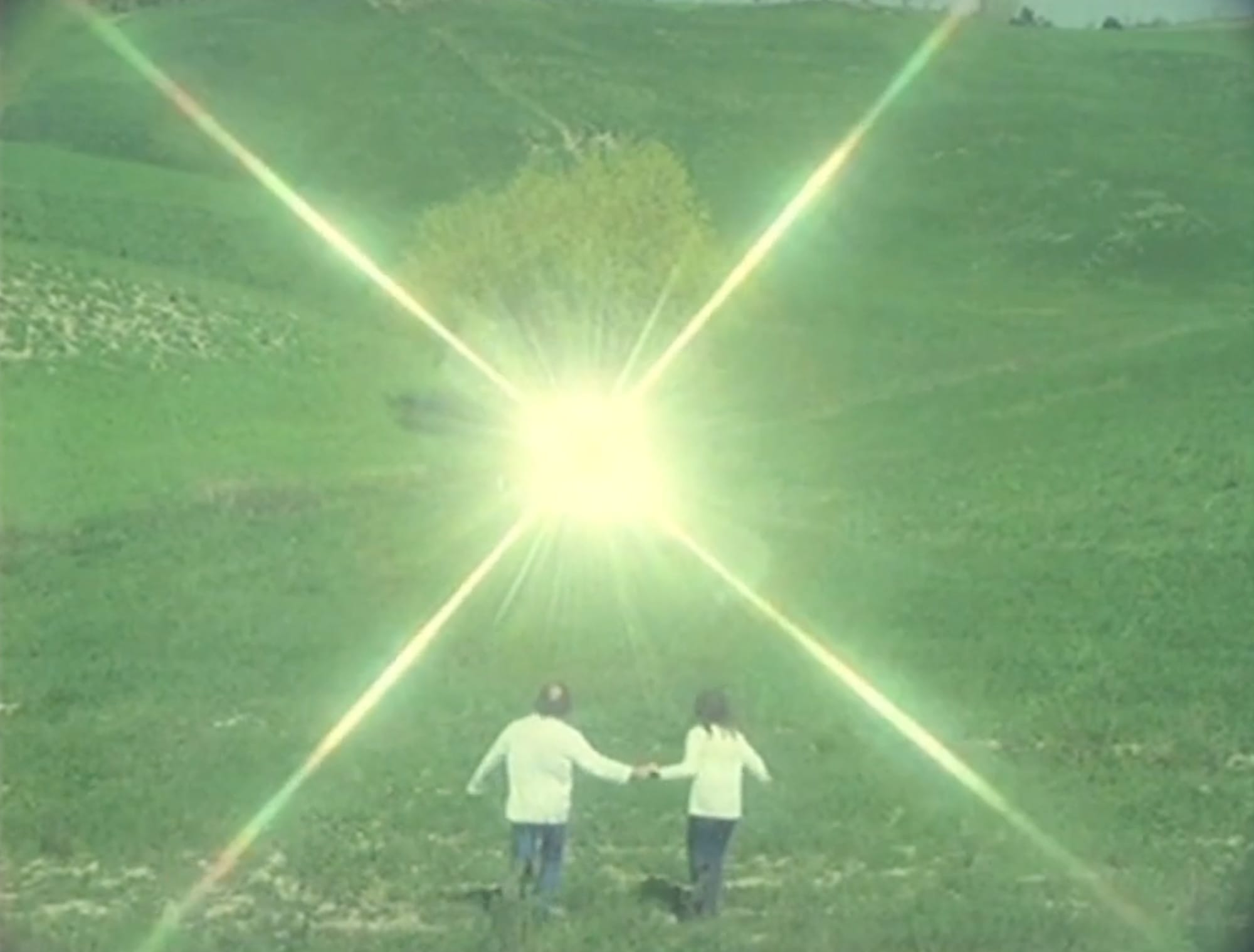
Images from Architecture Player and Cristiano Toraldo di Francia.


